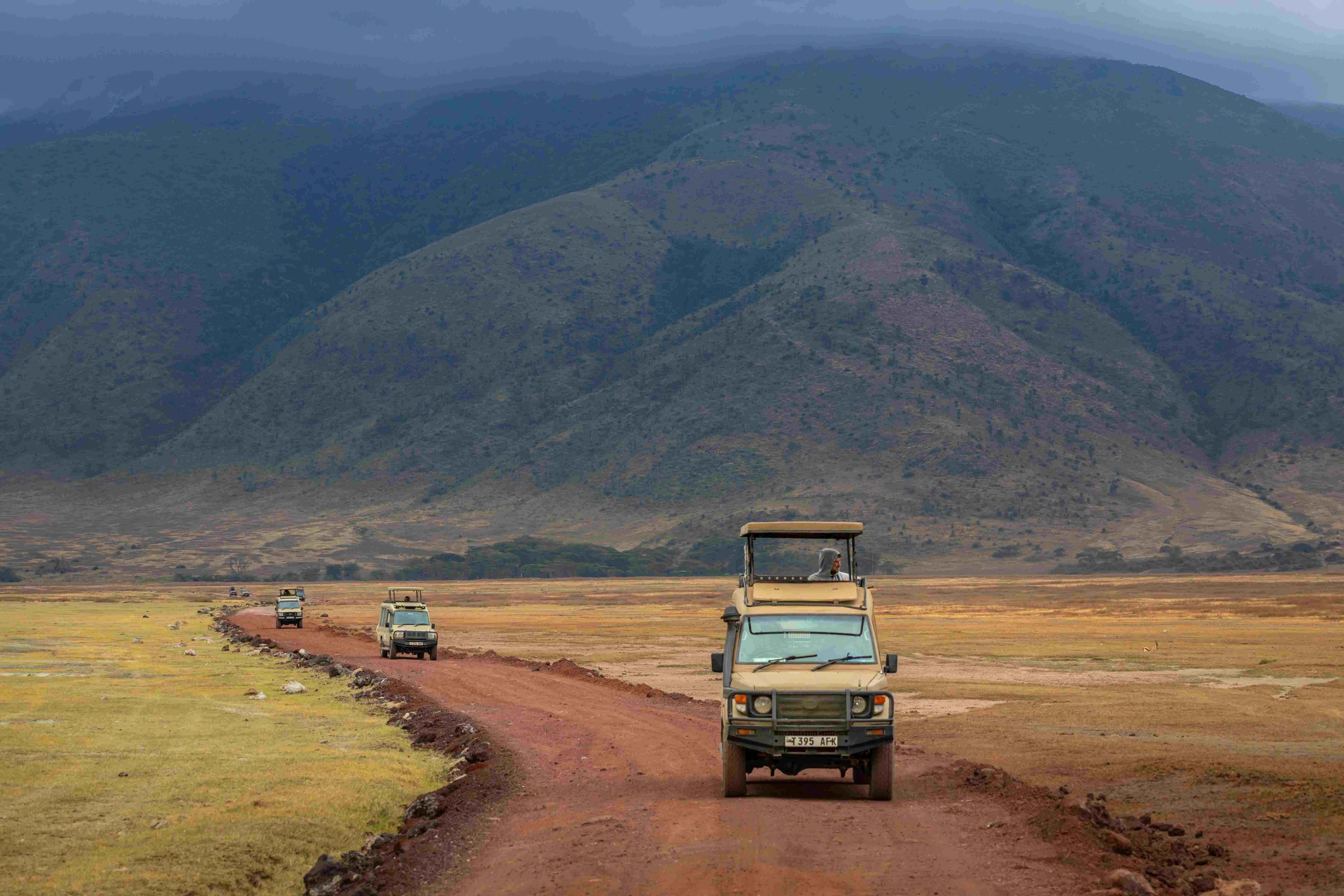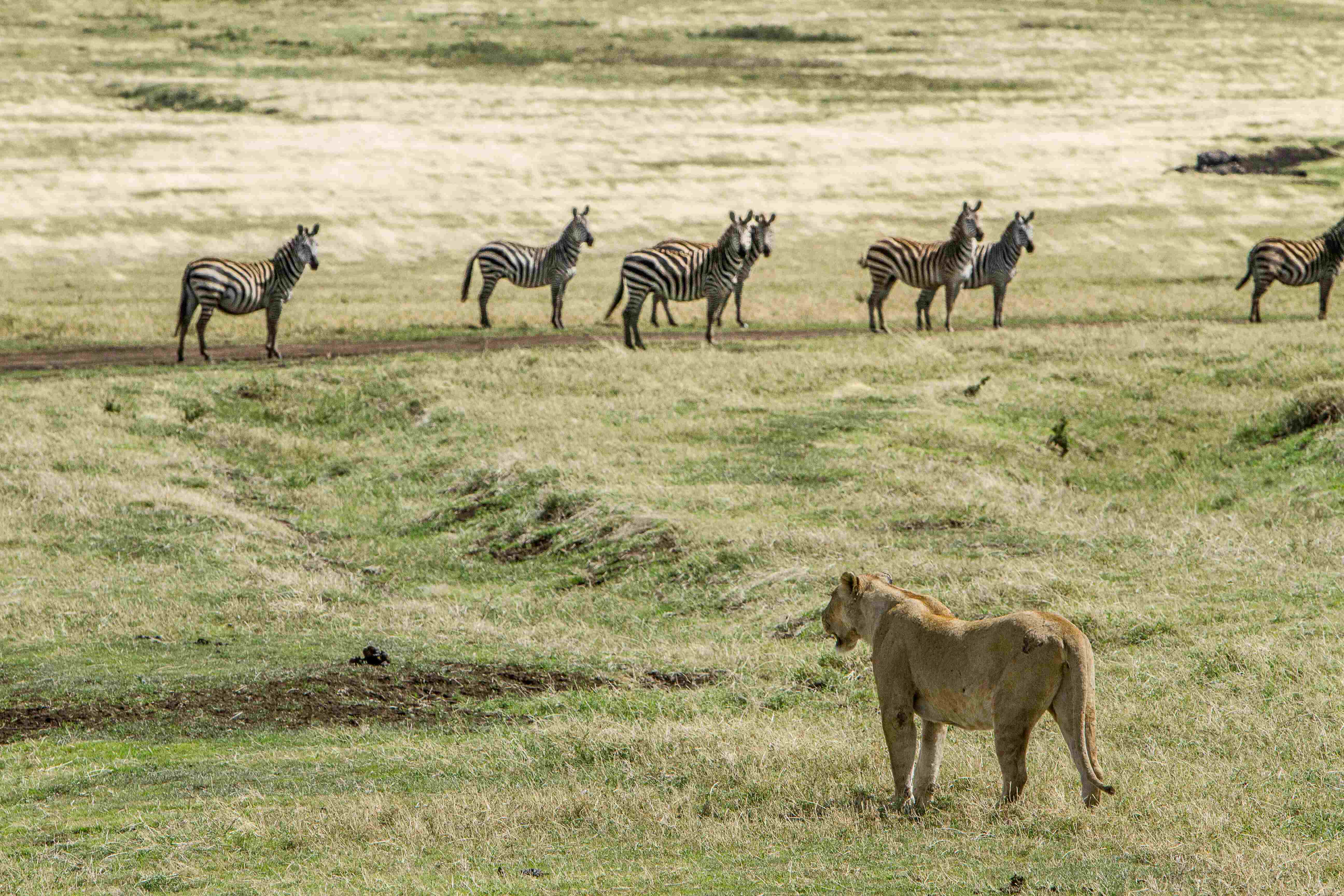
Ngorongoro Conservation Area
The Ngorongoro Conservation Area is a UNESCO World Heritage Site and one of Africa's most incredible wildlife destinations. At its heart lies the Ngorongoro Crater, the world's largest intact volcanic caldera, teeming with wildlife including all of the Big Five.
260
km² Crater
25000
Large Animals

